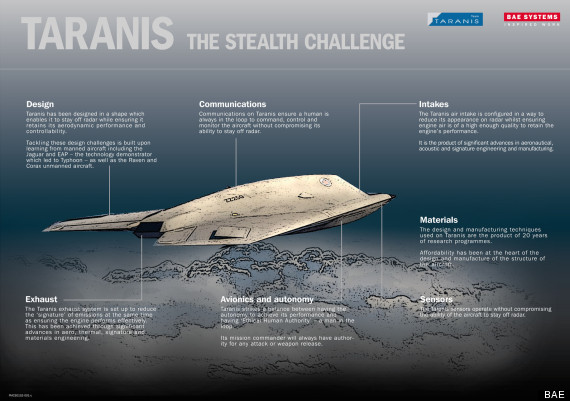Bonjour Matelot
Sunday saw the arrival in London of the French Navy patrol vessel Pluvier – one of three Flamant class Offshore Patrol Vessels that perform a similar function to the Royal Navy’s own River class OPV such as HMS Severn that is also currently visiting London.

The reason for today’s visit is to enable the crew to take part in Remembrance Day events and it has become something of a fixture over the last four years that the French Navy has been represented.

Equally it has also become a regular event that a French naval vessel has visited London during June to commemorate the WW2 speech by General de Gaulle.

In addition to these two special occasions the French Navy have been regular visitors to London, especially since the signing of a new Anglo-French defence agreement a few years ago.

We have been fortunate to have a wide variety of vessels visit from Destroyers to Minesweepers and Patrol Boats to Training Ships – indeed, back in 2013 all eight Training Ships of the Leopard class paid a visit to London.

Hopefully the regular visits of the French Navy to London continue for many years to come.@Gabriel92 VIVE LA FRANCE
 BAE Systems tests unmanned naval boat
BAE Systems tests unmanned naval boat
16 October 2015
BAE Systems has introduced a new technology, which will enable naval crews to perform high-speed reconnaissance and remote surveillance using unmanned boat.
The new unmanned technology will allow the boat to operate autonomously for up to 12 hours at a time.
The vessel can be operated in a pre-planned route or using remote control.
BAE Systems Product and Training Services director Les Gregory said: "This technology delivers an extremely robust and fast-moving unmanned boat that is able to perform a number of surveillance and reconnaissance roles, even when operating at high-speed or in choppy water."
With a capacity to cruise at a speed of more than 38kt, the unmanned boat will offer unique ship-launched manoeuvrability and better situational awareness, the company stated.
The vessel will be equipped with navigation radar, 360° panoramic infrared camera array and laser range finder, offering a detailed picture within a significant range.
As part of the development, BAE Systems, along with unmanned and autonomous specialist ASV, has successfully demonstrated the technology for the first time at a site near Portsmouth Naval Base.
ASV delivered the unmanned system and software algorithms controlling the boat.
"This technology delivers an extremely robust and fast-moving unmanned boat."
Managing director of ASV Dan Hook said: "The algorithms we're developing with BAE Systems allow the boat to perform complex missions and navigate through waters avoiding collisions.
"This gives it the flexibility and sophistication to operate in a number of different tactical roles, whether it's patrolling areas of interest, providing surveillance and reconnaissance ahead of manned missions, or protecting larger ships in the fleet."
BAE Systems said the programme will now develop the sensor suite. before ensuring a seamless integration with the combat management system on the parent ship.
Designed as a retrofit to the manned Pacific 24 RIB already deployed across Type 23 Frigates and Type 45 Destroyers, the technology will allow boats to operate up to 40km away from their parent ship.
Image: Using the new unmanned technology, the modified boat will be capable of operating autonomously for up to 12 hours at a time. Photo: BAE Systems.
BAE Systems tests unmanned naval boat - Naval Technology
Interesting can't wait to see this in operation
.



























 !
!

































































